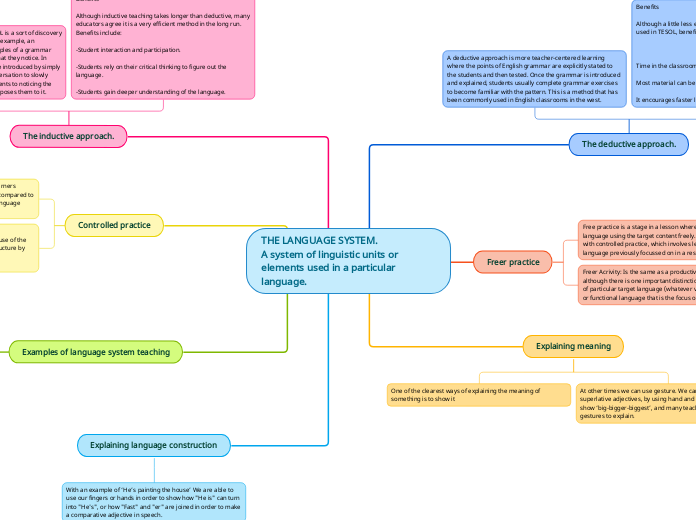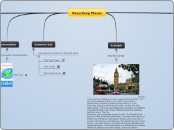realizată de Diego Gabriel Solórzano Díaz 3 ani în urmă
283
THE LANGUAGE SYSTEM. A system of linguistic units or elements used in a particular language.
In language education, the concept of controlled practice is employed to help learners practice new linguistic structures in a guided manner. This stage is distinct from free practice, where learners use the language more independently.









